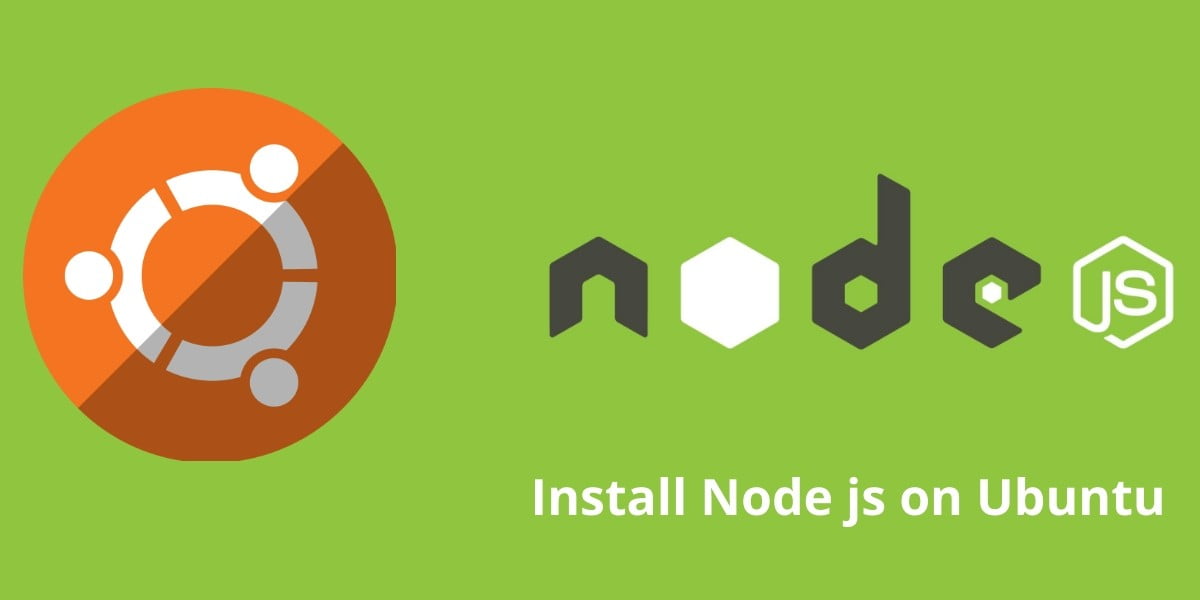

Ubuntu gosync install#
In order to run go install successfully, you must pass it the install path of the binary you created with go build.

This is similar to go build but instead of leaving the executable in the current directory, go install places it in the $GOPATH/bin directory, which will allow you to run it from any location on your server. As an alternative, you can run the go install command.
Ubuntu gosync full#
Typing out a binary’s full file path can quickly become tedious. If you wanted to run this program from a different location on your server, you would need to specify the binary’s full file path in order to execute it. However, you can only invoke this binary from within this directory.
Ubuntu gosync code#
This confirms that you’ve successfully turned your hello.go code into an executable binary. hello to confirm the code is working properly: Make sure you run this from the same directory where your hello.go file is stored: Then, your program will successfully print Hello, World! when prompted and you won’t need to compile the program again. Once you’ve built the binary executable, you can then run go install to place your program on an executable file path so you can run it from anywhere on your system. Building your code into an executable binary consolidates your application into a single file with all the support code necessary to execute the binary. In cases where you’ve finished your code and want to run it without compiling it each time, you can use go build to turn your code into an executable binary. The go run command is typically used as a shortcut for compiling and running a program that requires frequent changes.

Step 4 - Turning Your Go Code Into a Binary Executable But, you can also use go build to make an executable file that can save you some time. go source files from the new hello directory you created and the path you imported. The go run command compiles and runs the Go package from a list of. Then, add the following information to the end of your file: profile, which is stored in your user’s home directory. profile file, which contains a list of commands that the system runs every time you log in. In this step, you will set paths in your environment.įirst, set Go’s root value, which tells Go where to look for its files.
Ubuntu gosync how to#
This tutorial outlines how to download and install the latest version of Go (currently version 1.16.7) on an Ubuntu 20.04 server, build the famous Hello, World! application, and make your Go code into an executable binary for future use. Since its release, Go has become highly popular among developers and is used for various applications ranging from cloud or server-side applications, to artificial intelligence and robotics. Google’s intention was to create a programming language that could be learned quickly. Go, sometimes referred to as “Golang”, is an open-source programming language that was released by Google in 2012.


 0 kommentar(er)
0 kommentar(er)
